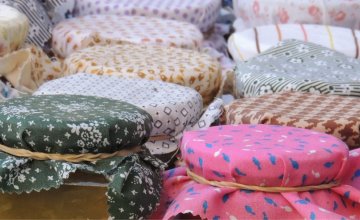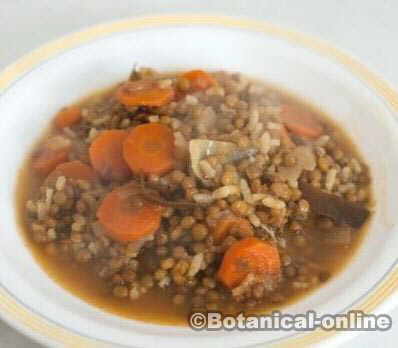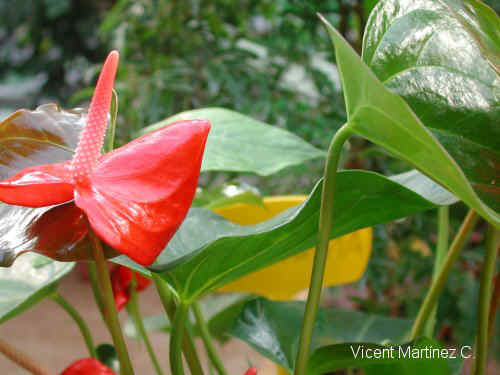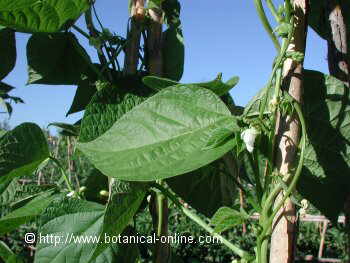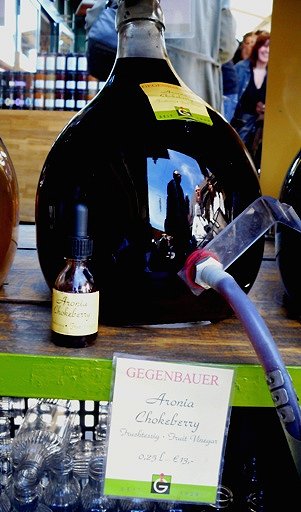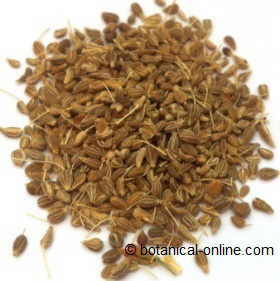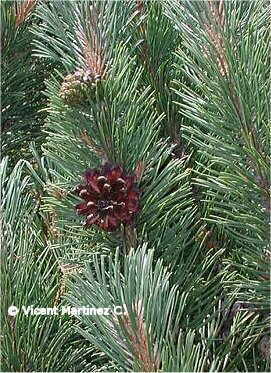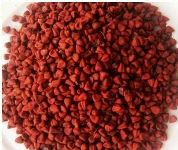Contents
What is a hibiscus plant?
Characteristics of hibiscus (Hibiscus rosa-sinensis)
Common English name: Hibiscus, Chinese hibiscus, Hawaian hibiscus, China rose, Shoeblackplant
Scientific name: Hibiscus rosa-sinensis
Family. Malvaceae
Habitat. Where to find hibiscus plants?
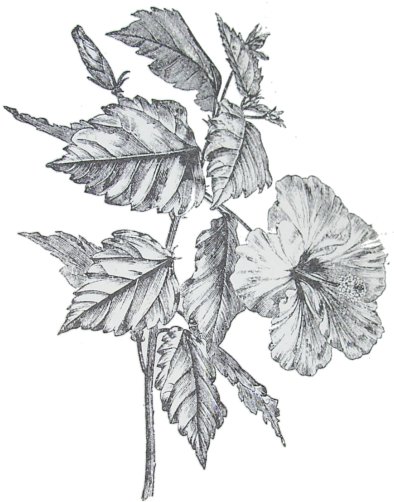 A drawing of the plant
A drawing of the plant
It comes from the warm regions of Asia
You can found it cultivated in warm climates in many parts of the world as terrace or garden plant.
Description of hibiscus
Perennial shrub of the mallow family- Malvaceae – up to 9 m high in the wild and about 5 m as a cultivated plant.
Erect stems, branched and, in many cases, numerous.
Leaves alternate, toothed, shiny, dark green
Flowers arranged in pairs or solitary, very outstanding, up to 20 cm in diameter, with very prominent pistil and stamens.
How are hibiscus flowers?
They are shaped like funnels (infundibular flowers) formed with 5 petals usually toothed or lobed overlapping to form the funnel.
However, what characterizes them is the central column amid petals which is formed by the fused stamens.
Hibiscus flowers only endure one day, although the plant is continuously producing new flowers while the weather is warm.
How does the hibiscus reproduce in nature?
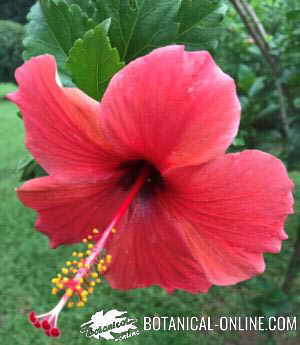
Photo of hibiscus of China. Observe the central column of the hibiscus flower, formed fused columns of stamens.(See detail macro of a hibiscus)
In tropical regions, these colorful flower plants are pollinated at night by bats, who come to them to drink the nectar they produce.
During the daytime, these flying mammals are replaced by hummingbirds, tiny birds of beautiful colors that are able to maintain their position in the air constantly to place themselves in from of hibiscus flowers and remove the nectar from these flowers with their long beaks
Hibiscus components
- Minerals: Calcium, iron, potassium, nitrogen and phosphorus. (Flowers)
- Vitamins: Vitamin C, riboflavin (vitamin B2) and thiamine (vitamin B1) (Flowers)
- Flavonoids: Quercetin (Plant), beta carotene (leaves)
- Fiber
- Soluble fiber: mucilage.
TRADITIONAL USES OF HIBISCUS
There are about 250 species of hibiscus. They are plants from warm regions of Asia, they grow a lot and, besides being decorative, they are used as hedges to separate farms and gardens each other.
Exported from its place of origin, these plants are widely used in gardening, where they are noted for their large showy flowers.
In addition, they are also used for its medicinal properties.
Hibiscus tea
Of all the hibiscus species the most used are the common hibiscus (Hibiscus rosa-sinensis), rose of Sharon or rose mallow (Hibiscus syriacus) and roselle (Hibiscus sabdariffa). All three are used for similar properties.
In Western herbal medicine the most widely used is the common hibiscus.
![]() More information on hibiscus.
More information on hibiscus.

